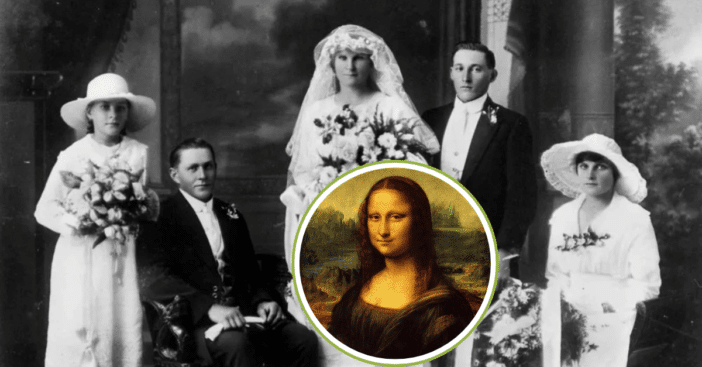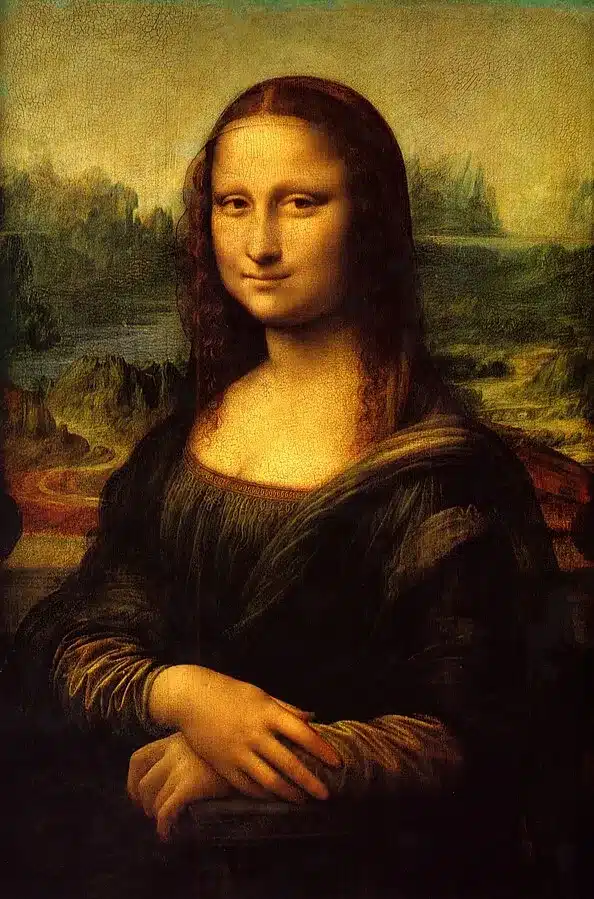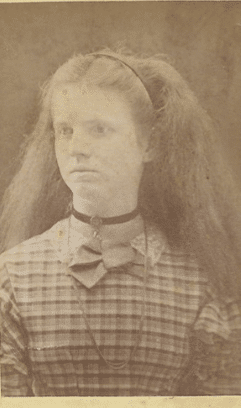
Unlike recent times when people make faces and strike different poses while taking photos, it was not always the case in the past. Most portraits from the 19th and early 20th centuries featured a serious focused look, aside from the lack of color.
Some have attributed these strict expressions to the long exposure times of old cameras, unlike advanced cameras that take shots in an instant. Although staying still for minutes got boring for our ancestors, there were other reasons behind their no-nonsense appearance in photos.
Here’s why people didn’t smile in old photographs

Before cameras, people posed for hours to be painted by artists, which was no easy task. Portrait paintings set a precedent for how the older generation continued to appear even after the early camera was invented. It takes multiple muscles to keep a smile on, and flexing them for hours was painful and unrealistic.
Art historian Nicholas Jeeves once wrote in the Public Domain Review that smiling was considered a fool’s affair in early cultures and was associated with drunks, the poor, and naive folks. In 17th-century Europe, keeping a straight face was considered a form of etiquette by the elite until perceptions evolved. If an artist painted a smiling person— as in the Malle Babbe by Frans Hals, then there was a special reason for it.

When did things change?
More photos from the ‘20s showed people smiling, and some believe it was influenced by the rise of motion pictures. Unlike older photos that captured a single moment, moving shots helped the public see different expressions on screen and get comfortable with them.

The transition from frowning in photos to making animated expressions happened in the last century, with the advancement of camera technology contributing to this. The cultural interpretation of smiling has also changed completely, as it is now associated with prime mental health, kindness, and general well-being.
